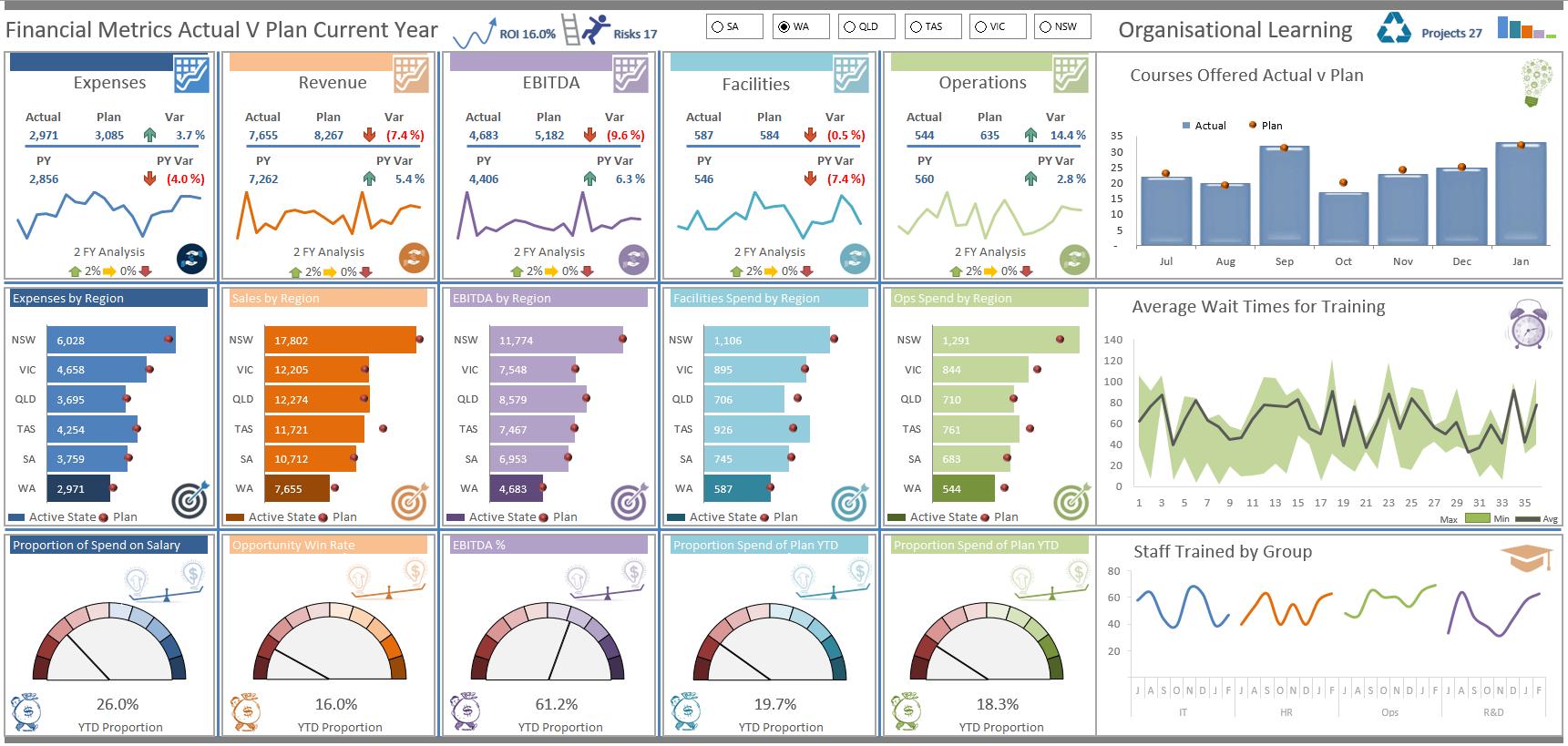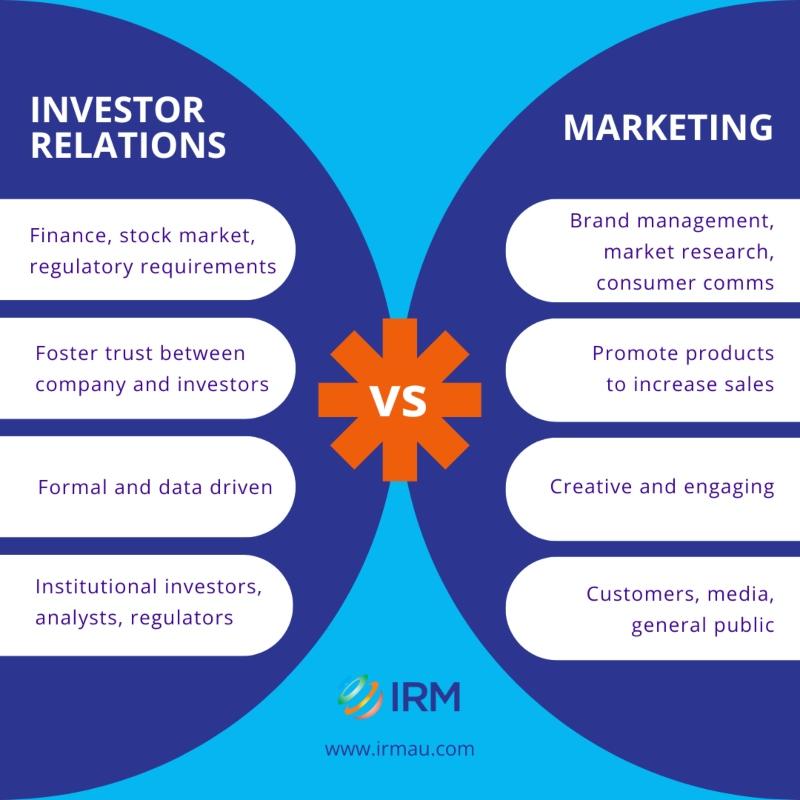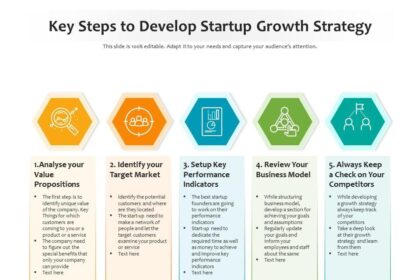In the heart of the entrepreneurial landscape, where ideas blossom and innovation thrives, lies a challenging yet crucial element that can make or break a startup: financial management. As aspiring business leaders embark on their journey to transform dreams into reality, the importance of mastering the intricate balance of startup finances cannot be overstated. From understanding cash flow to managing investments and forecasts, the path to financial sustainability is often filled with twists and turns that require both strategic foresight and practical acumen. In this article, we delve into the essentials of startup financial management, providing insights and guidance that will empower entrepreneurs to navigate this complex territory with confidence and clarity. Join us as we explore the fundamental principles and best practices that can help transform financial chaos into structured success, ensuring that startups not only survive the initial challenges but also thrive in the competitive market landscape.
Understanding Cash Flow Dynamics for Sustainable Growth
Cash flow is the lifeblood of any startup, and understanding its dynamics is crucial for fostering sustainable growth. It involves the movement of money into and out of your business, affecting every aspect of operations. To master cash flow management, consider these key components:
- Cash Inflows: This includes revenue from sales, loans, and investments.
- Cash Outflows: Expenses such as rent, salaries, and utilities that must be monitored closely.
- Cash Reserves: Having a safety net to cover unexpected expenses or downturns.
To effectively manage cash flow, startups must forecast and monitor their financial positions regularly. Utilizing tools like cash flow statements helps visualize trends and anticipate future needs. The following simple table illustrates how aligning cash inflows and outflows can enhance financial health:
| Month | Cash Inflows ($) | Cash Outflows ($) | Net Cash Flow ($) |
|---|---|---|---|
| January | 15,000 | 10,000 | 5,000 |
| February | 20,000 | 15,000 | 5,000 |
| March | 25,000 | 18,000 | 7,000 |
By analyzing these cash flow patterns, startups can make informed decisions about scaling operations, investing in new projects, or tightening budgets during leaner periods. A well-managed cash flow not only preserves business continuity but also paves the way for long-term success.

Building a Robust Budgeting Framework to Navigate Uncertainty
In the face of unpredictability, constructing a solid budgeting framework is essential for startups striving for sustainability and growth. Establishing a flexible budget allows businesses to adapt seamlessly to changing market conditions while ensuring optimal allocation of resources. This framework should include the following key components:
- Baseline Projections: Develop conservative revenue forecasts based on historical data and market analysis.
- Expense Allocation: Prioritize essential costs while identifying discretionary spending that can be curtailed in challenging times.
- Contingency Plans: Prepare for unforeseen expenses with a reserve fund that can be tapped into during emergencies.
Moreover, it’s vital to implement an iterative budgeting process that revisits the financial plan regularly. This ensures that any deviations from the original projections can be promptly addressed. Consider these strategies:
| Strategy | Description |
|---|---|
| Monthly Review | Analyze actual performance against budgeted figures every month. |
| Scenario Planning | Develop best-case, worst-case, and most-likely scenarios to prepare for various outcomes. |
| Stakeholder Engagement | Involve key team members in the budgeting process for diverse perspectives and buy-in. |

Leveraging Financial Metrics for Strategic Decision Making
Understanding and utilizing financial metrics is imperative for startups aiming for sustainable growth and strategic soundness. By closely monitoring key performance indicators (KPIs), entrepreneurs can gain invaluable insights into their company’s financial health and operational efficiency. Metrics such as Monthly Recurring Revenue (MRR), Gross Margin, and Customer Acquisition Cost (CAC) provide a numerical basis for assessing business performance. Regularly evaluating these indicators not only aids in identifying trends but also empowers founders to make informed decisions regarding scaling operations, managing expenditures, or pivoting strategy as necessary.
Additionally, a structured approach to financial metrics enables startups to communicate effectively with potential investors and stakeholders. Developing a clear presentation of financial data helps in building credibility and attracting investment. Consider organizing your metrics into an easy-to-read table that highlights significant figures at a glance:
| Metric | Current Value | Target Value |
|---|---|---|
| Monthly Recurring Revenue (MRR) | $10,000 | $15,000 |
| Gross Margin | 60% | 70% |
| Customer Acquisition Cost (CAC) | $200 | $150 |
These metrics should not only be numbers in isolation; rather, they should form the backbone of a narrative that articulates the startup’s journey towards financial stability and growth. By integrating quantitative analysis with qualitative insights, founders can craft a robust strategy that aligns with both immediate priorities and long-term vision.

Cultivating Investor Relations for Long-Term Financial Stability
Building strong relationships with investors is fundamental to ensuring the longevity and success of any startup. A proactive approach to investor relations not only fosters trust but also enhances transparency, making it easier for both parties to navigate the challenges of the business landscape. Essential practices include regular communication, offering detailed updates on company performance, and being open about risks and challenges. Startups should strive to establish a rhythm of updates—whether through quarterly reports or monthly newsletters—providing insights into both financial metrics and strategic initiatives. This consistent dialogue can help reassure investors and reinforce their long-term commitment to your vision.
Moreover, a well-structured feedback system can enhance investor engagement. By soliciting investors’ opinions on key decisions or strategic pivots, startups can demonstrate respect for their stakeholders’ expertise, further solidifying their partnership. This can be operationalized through mechanisms such as:
- Surveys to gauge investor sentiment on major initiatives.
- Direct discussions during investor meetings, allowing for immediate feedback.
- Regular Q&A sessions following updates to clarify doubts and address concerns.
This continuous interaction not only reinforces trust but also helps the startup align its growth strategies with investor expectations, ultimately paving the way for financial stability in the long term.
Key Takeaways
As we draw the curtain on our exploration of “Mastering the Balance: Essentials of Startup Financial Management,” it becomes clear that the journey of financial stewardship is as vital as it is intricate. Navigating the waters of financial management requires not only a meticulous attention to detail but also the foresight to anticipate shifts in the market landscape.
By honing these essential skills, startup founders can build a sturdy foundation that not only supports growth but also fosters innovation and adaptability in an ever-evolving business environment.
Embracing the principles we’ve discussed will empower you to transform financial challenges into opportunities, enabling your venture to thrive. Remember, the essence of great financial management lies in maintaining a delicate equilibrium between aspiration and practicality. As you embark on this path, may your goals be bold, your strategies well-informed, and your financial health robust.
In the world of startups, every dollar speaks volumes. So listen closely, learn continuously, and lead your enterprise towards a future where balance breeds success. The journey may be demanding, but with the right tools and insights at your disposal, the destination will undoubtedly be rewarding. Thank you for joining us on this insightful journey, and here’s to your startup’s bright financial future!


